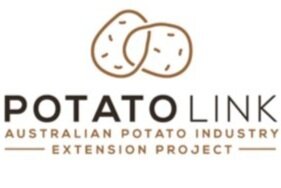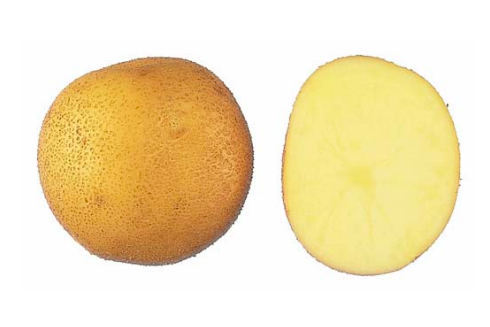Potato tuber quality management in relation to environmental and nutritional stress
This 2004 report delves into the causes and management strategies for the potato tuber internal disorder brown fleck. The relationship between potential yield and brown fleck incidence is explored along with some management options that can be implemented to reduce incidence of the disorder
Nitrogen dynamics in commercial seed potato crops and its effect on seed yield, quality, storage and subsequent commercial crop performance
This 2003 report proposes guidelines on site-specific nitrogen management using ‘real-time’ monitoring tools. By looking at plant, stem and tuber numbers, yield, tuber size and quality and previous paddock history the impact of nitrogen on a seed crop was determined.
Effect of Calcium Nutrition on Decay of Summer Sown Seed Potatoes
This 2003 report found the most common cause of decay was identified as bacterial soft rot (Erwinia carotivora). Calcium fertiliser levels and tuber calcium content was explored in this report alongside the importance of sourcing clean certified seed.
Managing bacterial breakdown in washed potatoes
This 2003 paper by SA Research &Development Institute delves into the postharvest washing of potatoes to find where bacterial soft rot originates and where it develops. The report suggests some ways in which soft rot causing bacteria can be controlled in this process.
Improved herbicide management for increased yield and quality
Read this 2002 report on herbicide use. The three year Australian study covers herbicide breakdown, residual herbicide effects on future crops and much more.
Factors affecting specific gravity loss in crisping potato crops in Koo Wee Rup, Victoria
Between 1995-2001 specific gravity of potatoes from Koo Wee Rup declined substantially. Possible causes of specific gravity loss were explored in this report. Cultivars, crop production management and climate conditions were all investigated.
More economically and environmentally responsible use of phosphorus fertiliser in potato cropping on krasnozem soils in Australia
Crops grown on Kransnozems (also known as ferrosols) often had high levels of phosphorus fertiliser applied. This 2002 report explores different ways of applying phosphorus fertiliser to a crop in order to reduce fertiliser use. Different Fertiliser forms and interactions with irrigation were applied over the three year project.
Influence of Rotation and Biofumigation on Soil-Borne Diseases of Potatoes
This 2001 report was the first study into the influence of crop rotations on disease and yields in the Australian potato industry. The report found that while there were some significant advantages to crop rotations there were still some disease issues that persisted.






